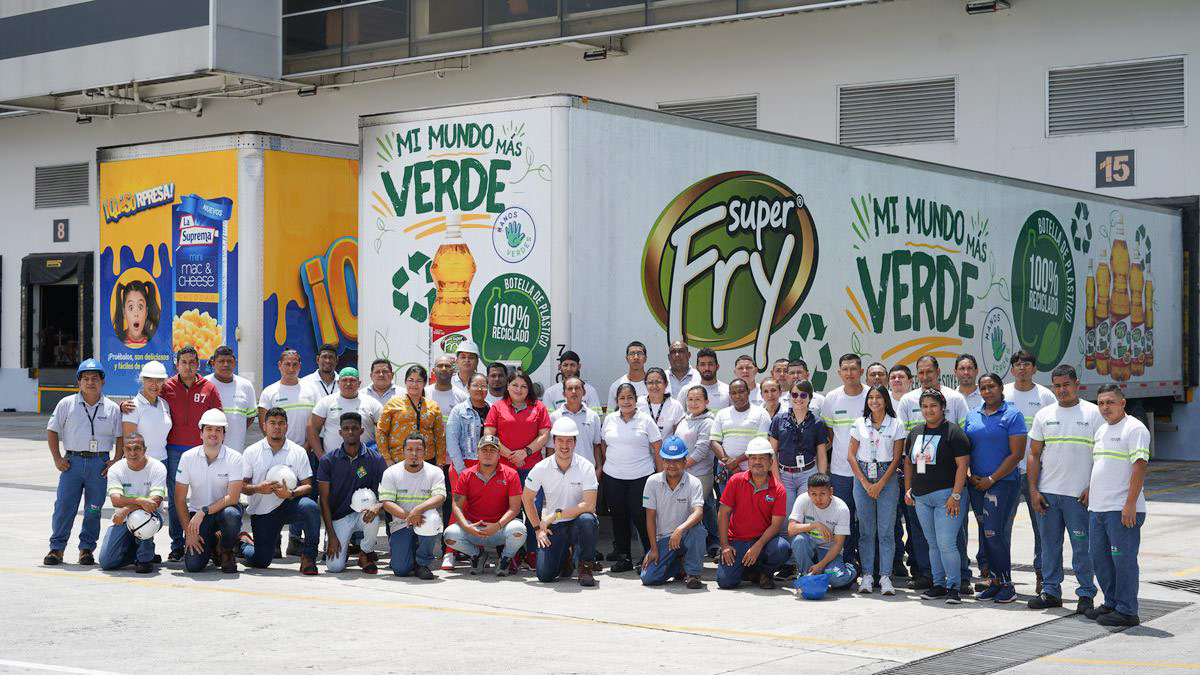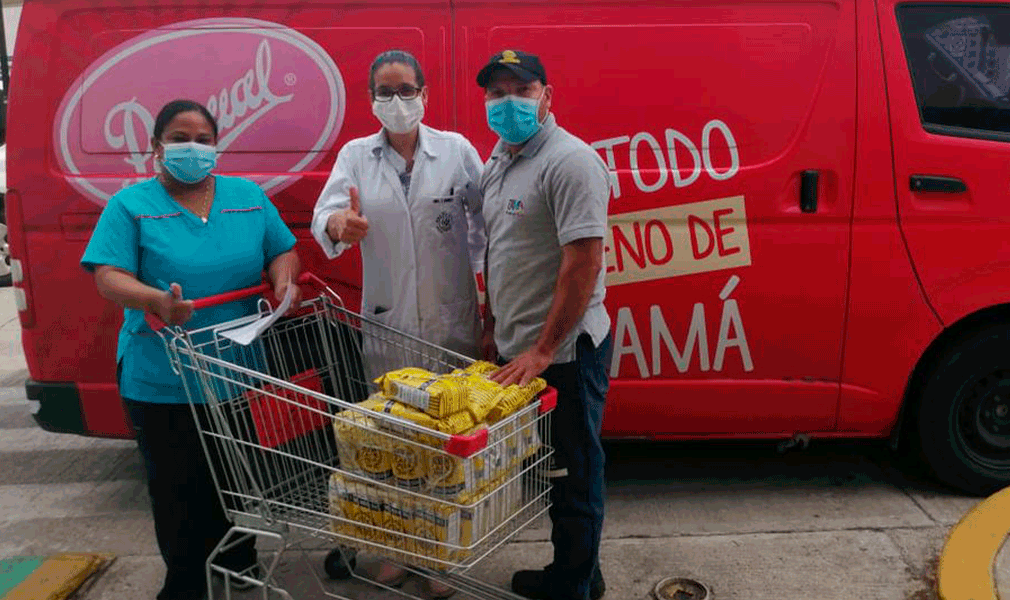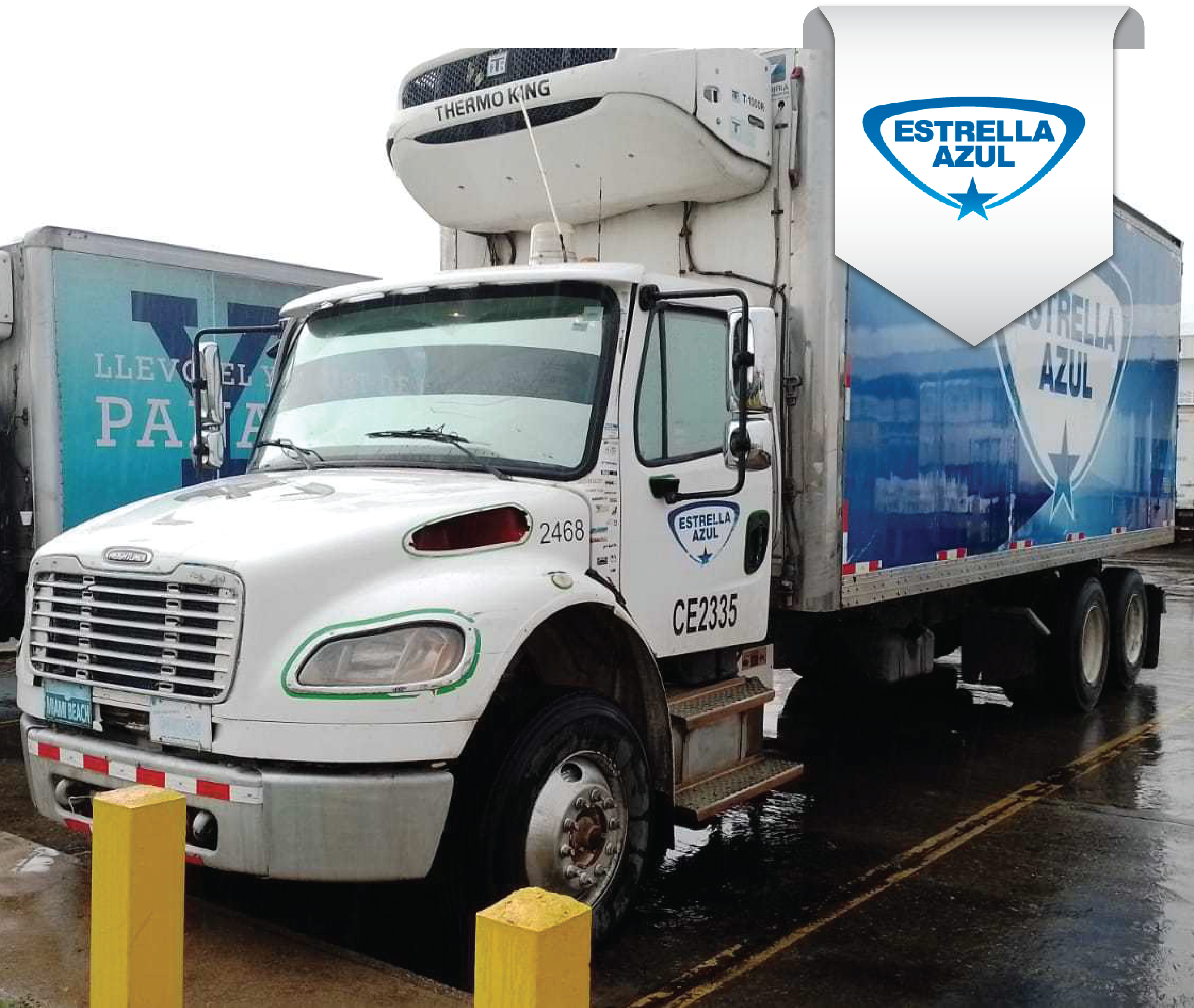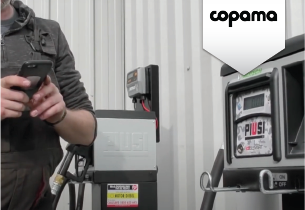Empresa Panameña de Alimentos
INDUSTRY:
Food Distribution
TYPE OF VEHICLES:
Delivery trucks
WEBSITE:
https://epa.com.pa/
SOCIAL PROFILES:
How Real-Time Monitoring and Alerts Optimized EPA’s Fleet Management Operations
Empresa Panameña de Alimentos is a leader in processed foods in Panama. Established in 2012, it holds renowned brands like Café Durán, Pascual, La Suprema y Super Fry. Through its business units (cookies, candies, snacks, coffees, teas, pasta, oils, margarine, and some distributed brands), EPA is currently one of the largest food companies in Panama.
It is represented by leading, known and loved brands that make part of the everyday lives of consumers, all backed by trusted products upheld to the highest standards of quality.

The Challenge
Pascual Enterprises (Empresas Pascual), was looking to improve its operations regarding management and control of its fleet, which prompted extensive market research to find a system that would allow them to fulfill their objectives by generating actionable data and comprehensive fleet KPIs for different áreas like logistics, distribution, and monitoring, as well as other relevant data that would improve and optimize their fleet resources.
To this day, Pascual Enterprises (Empresas Pascual) has a fleet of 71 vehicles, comprised of Tractors, trailers, trucks, and sedans. Up to 2022, the company only had 22 vehicles of their fleet equipped with a basic GPS system, but it was not enough to fulfill their needs since they also needed a robust system that would allow them to better manage their fleet, and increase the accuracy of the generated data, as well as the quality of their reports.
The Solution
FleetMetriks provided EPA with a tailor-made solution that included GPS tracking devices installed on each delivery truck, a web-based dashboard, and a mobile app for easy access. With this comprehensive solution, EPA was able to monitor their fleet in real-time and receive alerts for any events critical to its operations. This allowed them to take immediate action and prevent any potential issues from escalating.
The Results
After implementing the fleet management solutions from FleetMetirks, operations management has significantly improved thanks to the availability of useful KPIs that have allowed improvements in processes and more efficient use of resources. EPA has been able to develop an integral information and fleet management system allowing it to measure new parameters such as:
All the mentioned performance indicators were analyzed for more than a 6 month period and have been duly verified during route transit and the accuracy and reliability of the data has been certified.

Summary
Thanks to FleetMetriks, EPA was able to ensure that their fleet was operating at peak efficiency, delivering goods and services on time and on budget. The user-friendly web-based dashboard and mobile app made it easy for the EPA to access the necessary information and make informed decisions. FleetMetriks provided a comprehensive solution that met the EPA’s needs and exceeded their expectations, resulting in a successful partnership.
Improved fleet efficiency
Customizable reports & dashboards
Real-time vehicle tracking






